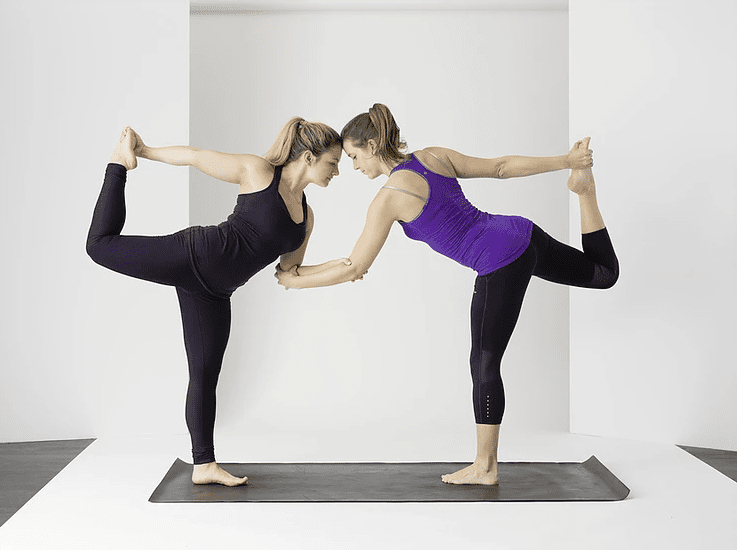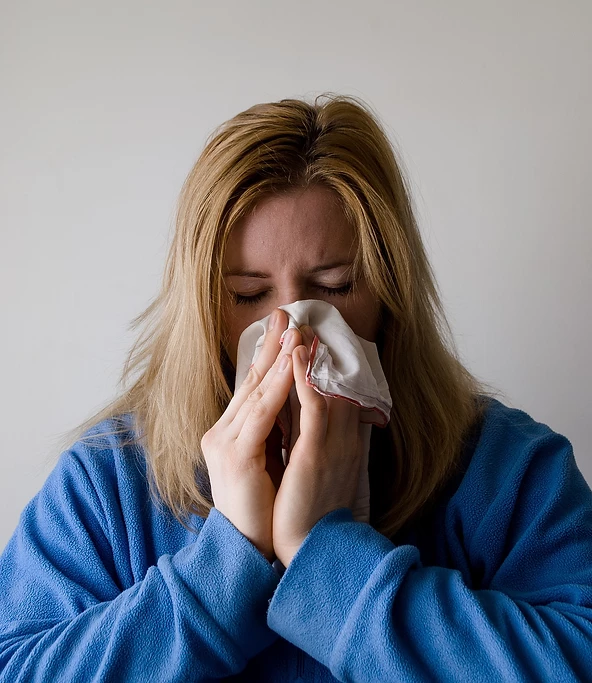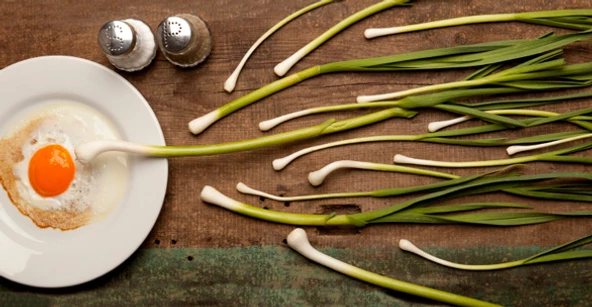Ladies, there is one food group I have seen women consistently and universally fear and avoid – dairy foods. The humble glass of milk, a tub of yoghurt or *gasp* a piece of cheese, seems to be consistently on the outs. And it is literally costing you the very structure of your human body, your bones.
The truth is, whilst you may think brittle and fragile bones are a problem for post-menopausal women only, and osteoporosis is a problem for future-you. In reality, your bone health can deteriorate at an early age for a variety of reasons (which I will get into in a bit), increasing your risks of fractures, which means less time doing the things you want to do in life!
I have busted a number of myths about dairy before, you can read that right here.
This blog is the low-down on women, hormones and bone health. Let’s get to the science.
Bones are dynamic
Bones are dynamic and how they are built and broken down is not simple!
Your skeletal system provides your body with more than just a structure for muscle, ligaments, organs and skin to hang off. It has multiple other functions, which include:
- Protecting vital organs (think about your rib cage)
- Supports movement
- Stores calcium and other minerals
- Regulated your endocrine (hormone) system
- Helps in the production of blood cells
Many people have this idea that bones stay the same once they stop growing around the adolescent years, however, bones are highly dynamic and are constantly changing.
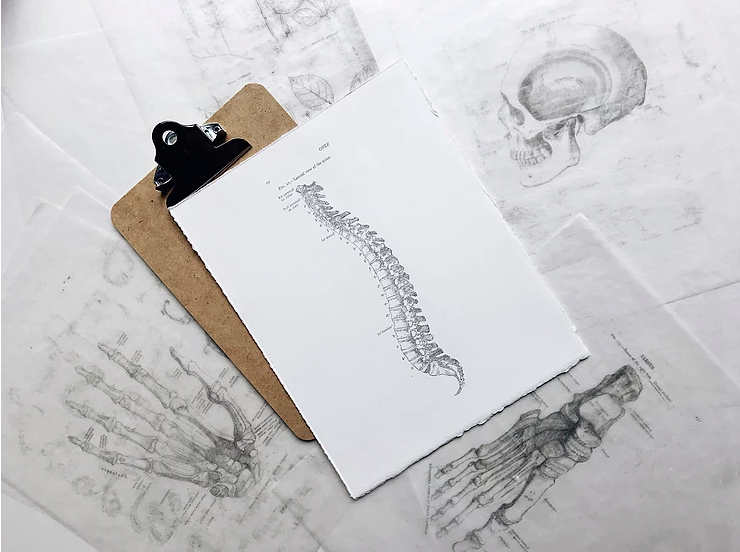
Here’s how…
Your body has to maintain a certain concentration of calcium in your blood stream, this is to ensure your muscles can contract, your blood clots appropriately and your heart beat is regular. There is rarely a compromise in maintaining this level of calcium in your blood.
Therefore, when your dietary intake of calcium is insufficient, your body turns to its stores to maintain this level of calcium in the blood, to make sure you can contract muscles and your heart beats and you don’t bleed out if you get a paper cut – all important things!
When calcium dips in the blood, the body turns to its largest store of calcium, your bones. It resorbs (i.e. breaks down) some of your bone to help maintain the calcium concentration in your blood. If this consistently happens, over time, your bones can become weaker and softer, commonly known as osteopaenia. And if this continues to get worse, the bone can become porous and brittle, known as osteoporosis.
A blood test measuring calcium is often not the best indicator of the status of your bones. If you have concerns, speak to your doctor about a bone mineral density scan or a DEXA scan to assess your bone health. There usually has to be a good reason to order this test.
Protecting your bones starts young
Bone mass is mostly deposited in the years following your pubertal growth spurt as a teenager, and then slows down and peaks at around 25-30 years, it then plateaus until menopause for women. It then starts to decline around the time of menopause for women and beyond with age-related bone losses occurring. For men, testosterone provides some protection to their bones and therefore we see lower rates of osteoporosis in men, compared to women, even in the elderly age ranges.

Unfortunately, most adolescent females (14-18 year olds) do not meet their dairy (and therefore calcium targets). In fact, less than 1% of teenage girls meet their dairy targets, one of the reasons is because of misconceptions about dairy (Racey et al., 2017).
This is a critical opportunity that is so often missed, children and teens are not providing their body the raw materials (nutrients) to build bone mass for the rest of their life. Studies have shown adolescents with higher intakes of dairy, were less likely to experience fractures later in life and had higher bone mineral density (Kalkwarf et al., 2003).
Why does bone health deteriorate?
Many people assume that most bone loss occurs due to age, and are then confused when they are in the 20s or 30s with low bone mineral density. Of course, genetics does come into play as to how quickly you will lose bone, but diet and lifestyle has a large influence on this too and is something that you can control.

However, for women bone mineral density may be lost or sub-optimal for a variety of reasons (this list is not exhaustive):
- Menopause – a drop in oestrogen reduces the protective effect on bone, leading to increased losses.
- PCOS – where high androgens compete for oestrogen, which can reduce oestrogen levels and therefore increase bone losses.
- Grave’s disease or hyperthyroidism – both have been associated with reductions in bone mineral density (Dhanwal, 2011).
- History of an eating disorder – bone losses and not reaching optimal peak bone mass are key reasons (Misra & Klibanski, 2013).
- Coeliac disease – undiagnosed or poorly managed Coeliac disease can result in a reduced ability to absorb calcium and vitamin D, due to the damage to the small intestine where calcium is absorbed.
- Hyperparathyroidism – undiagnosed or untreated hyperparathyroidism can over-stimulate the bone resorption pathway resulting in high concentrations of calcium in the blood and low bone mineral mass.
You need to talk to your doctor and/or your endocrinologist to discuss and investigate the reasons behind why you may have low bone mineral density.
What nutrients are important for bone health?
Bones are more than just calcium, they also require other nutrients to build and form the matrix:
- Vitamin D – made when sunlight hits your skin, it is then activated by your kidneys. It’s role is to help calcium absorption.
- Vitamin K – found in dark green leafy vegetables, this vitamin plays a role in bone metabolism and is associated with higher bone mineral density (Pearson, 2007).
- Magnesium – low magnesium levels has been shown to directly and indirectly impact bone health (Castiglioni, et al., 2013).
- Phosphorus – another nutrient found in milk, also plays a role in the formation of bone.
- Protein – important to support the muscle structures and reduce the risk of fractures, has been identified as beneficial, especially in the presence of calcium to bone health, this is a key nutrition priority as we age is to optimise protein intake
- Calcium – the primary mineral found in bone, goes without saying you know why this is important for healthy bones!
How much dairy do I need each day?
Women (non-pregnant and pregnant) aged between 19-50 years need 1000 mg of calcium each day which equates to 2.5 serves of dairy each and every day.
Women over 51 years or who have reached menopause, and for adolescent females, there is a higher requirement for calcium which is 1300 mg per day. This works out to be 4 serves of dairy each day (NRVs).
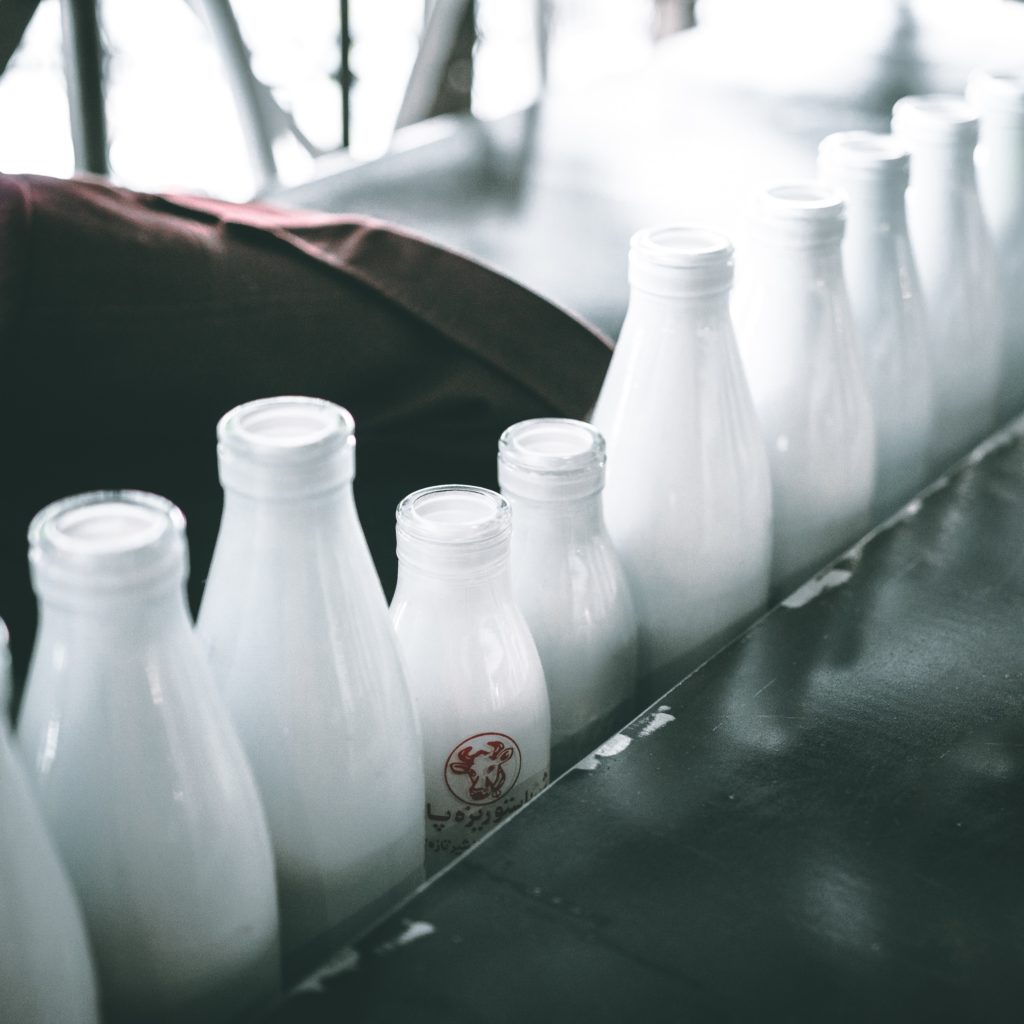
1 serve of dairy is (Eat for Health, 2013):
- 1 cup (250 mL) dairy milk or calcium-fortified milk alternative
- 2 slices (40 g) of hard cheese
- 1/2 cup of ricotta cheese
- 3/4 cup of yoghurt
What about lactose intolerance?
People who are lactose intolerant can still get the benefits of calcium-rich dairy milk by opting for lactose-free milk. This ensures they are also getting phosphorus, vitamin B2 and the benefits of dairy protein as well. The presence of dairy proteins can help with the absorption of calcium, so wherever you can trying to get it from dairy is the best way to optimise your calcium intake.
Most people with lactose intolerance can tolerate the small amounts of lactose in hard cheeses and yoghurt without too much trouble, so consider introducing these into your diet, or opt for lactose-free varieties.
How do vegans protect their bones?
If you are vegan, or choose to not consume dairy products for whatever reason. You can still get calcium into your day. Choose a calcium-fortified milk alternative by looking for at least 100 mg of calcium per 100 mL on the nutrition panel on the back. If calcium is not there listed on the nutrition information panel, you can feel confident it is not fortified. Besides soy, few milk alternatives like nut, rice or oat milks have a similar protein content to dairy milk, and many are not fortified (check the label!)
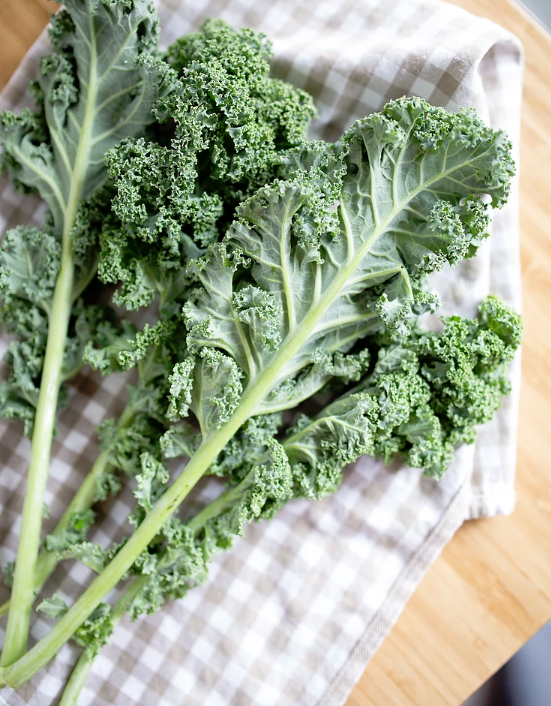
Other sources of calcium include: soy yoghurt (fortified), sesame seeds, poppy seeds, tahini, green vegetables, chickpeas, nuts, fortified tofu, edamame, amaranth, dried figs. For non-vegans including fish with bones like sardines and canned salmon can also be a good source of non-dairy calcium.
What about exercise?
In combination with plenty of nutrients to build happy and healthy bones, weight-bearing exercise like walking, jogging, weights and such are all helpful to promote bone building activity in your body, caused by the physical pressure placed on the bones stimulating bone mineral deposition. Non-weight bearing activities like swimming do not have this positive effect, so change up your workout routine if you’re a regular swimmer.

Chat to an Accredited Exercise Physiologist about an exercise plan to help you build and maintain healthy bones.
Need help boosting your bone health? Book in with us today to develop a tailor-made plan to keep your bones strong, happy and healthy.

